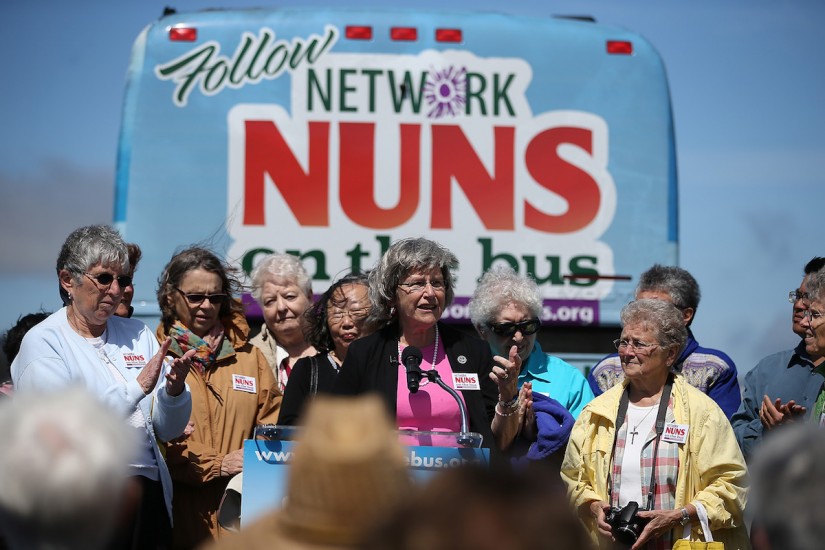Under Benedict, the rapport between nuns and the Vatican has been strained, to say the least. Last spring a rare public rift opened between the Church hierarchy and the largest group of American nuns, the Leadership Conference of Women Religious. The Vatican accused the sisters of insufficient orthodoxy and deference to bishops, openness to “certain radical feminist themes incompatible with the Catholic faith,” and neglecting traditional social issues such as opposition to abortion and gay marriage. This “doctrinal assessment,” the result of an investigation begun in 2008, took the unprecedented step of placing the nuns’ group under the command of three US bishops for five years. The LCWR released a statement saying it was “stunned.”
The rift came at a critical time for nuns. Today, there are just 56,000 left in the United States, down from a peak of 180,000 in 1965. (In Boston, the numbers have shrunk from more than 6,000 to about 1,750 over roughly the same period.) And the population that remains is graying quickly. A major 2009 report from the Center for Applied Research in the Apostolate found that 91 percent of “finally professed” nuns—those who have gone through a years-long trial period and made permanent vows—were 60 or older. In a momentous shift, the number of young women hearing the call to religious life is now smaller than the number of men: For the first time in American history, there are more future priests than future nuns in the pipeline.
Poignantly, this upheaval and decline also come at a moment when historians and other scholars are taking a fresh look at the role of nuns in American life, and finding that nuns’ contributions to the broad story of America have been, if anything, underappreciated. Nuns have served as the face of Catholicism to generations of Americans, and they’ve also been pioneers in health care, education, and social work—fields that may sound decidedly secular today, but whose development in the United States was profoundly shaped by the labor and influence of nuns. And, as those stories come under close examination, it’s becoming clear that the question of what’s next for nuns affects not just the inner workings of the church, but its future course in America.
